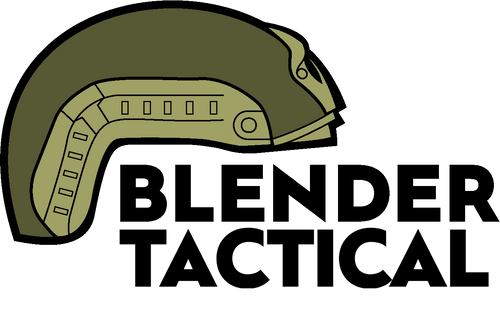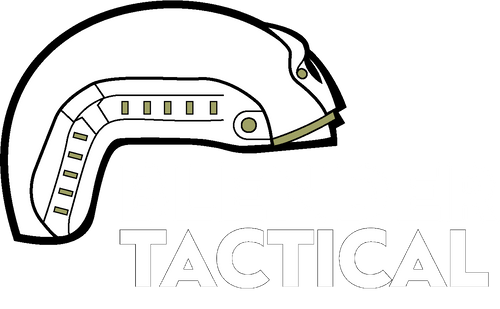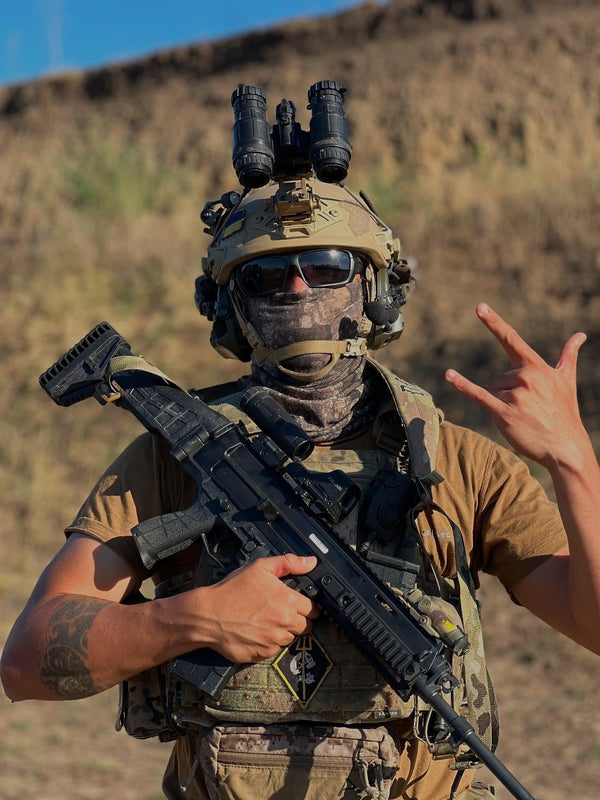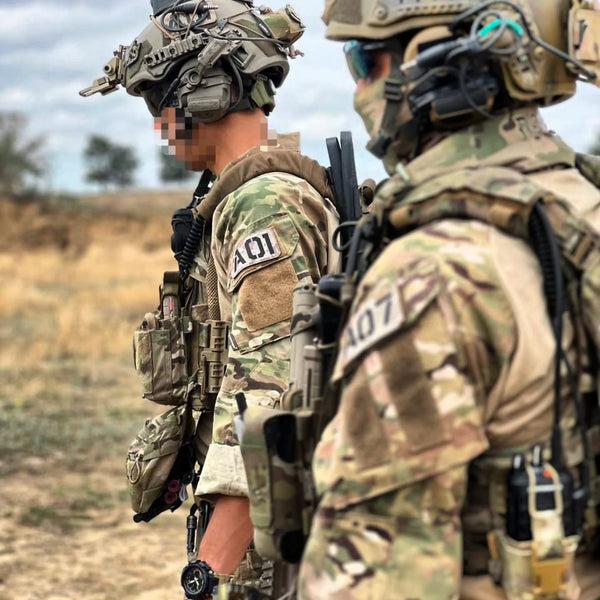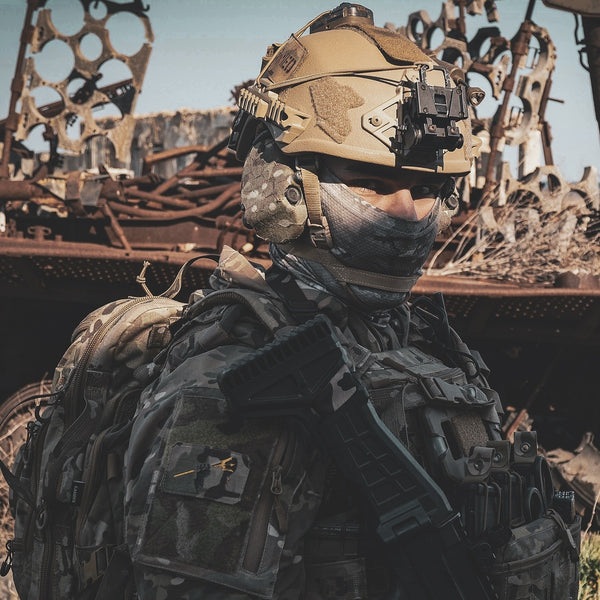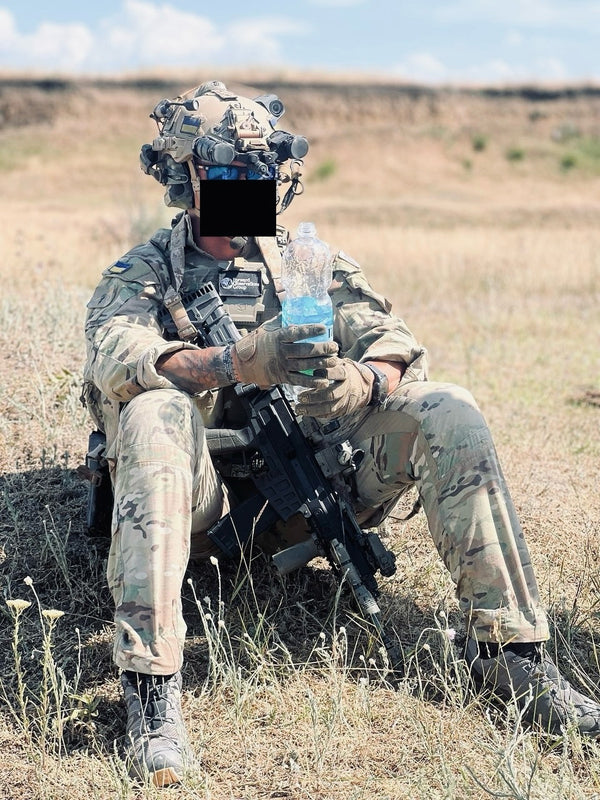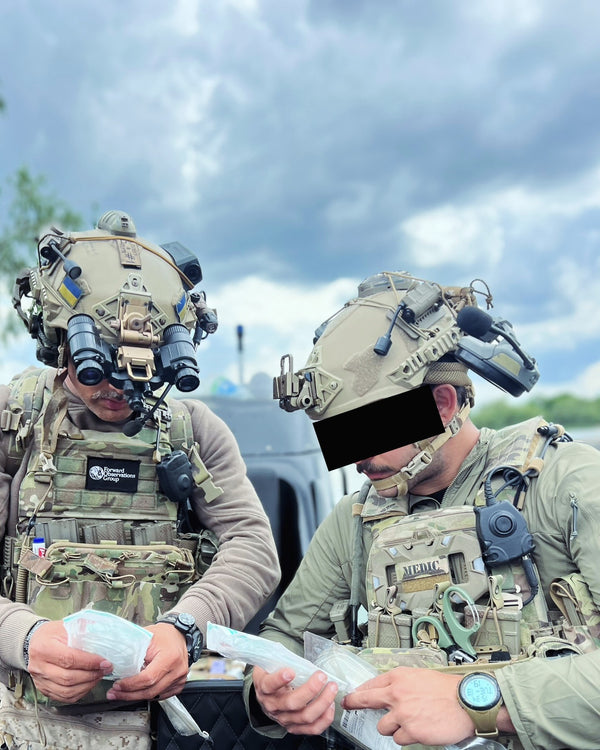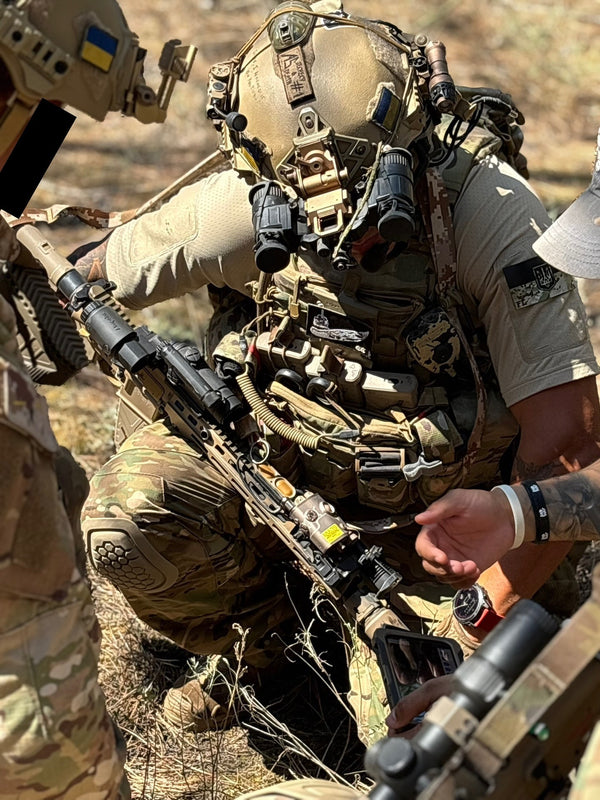Ballistic Helmet Buyer’s Guide — Protection, Accessories, and Ratings
Are cheap ballistic helmets safe?
Short answer: usually not. "Cheap" ballistic helmets often cut corners on materials, testing, and quality control. Ballistic protection is only meaningful when a helmet is manufactured from certified materials (aramid, UHMWPE, or properly designed composites) and independently tested to recognized standards.
What to watch for when evaluating price vs safety:
- Certifications — look for NIJ or STANAG test results. These prove the helmet achieved specific ballistic and fragmentation thresholds.
- Material & construction — cheap shells may use lower-grade fibers or inconsistent layup, reducing stopping power and trauma mitigation.
- Fit and retention — even a ballistic shell is ineffective if it shifts on impact. Suspension systems, retention straps, and pad quality matter.
- Backface deformation and V50 numbers — these technical metrics indicate how the helmet performs under impact and fragmentation testing.
If budget is a constraint, prioritize certified performance (NIJ/STANAG) and proven fit over cosmetic features. For reliable protection and tactical utility, consider a certified model that balances protection with comfort — for example, a modern FAST-style, NIJ IIIA-rated helmet provides proven defense against common threats while integrating with mission gear:
What ballistic helmet accessories are available and useful?
Accessories let you customize a helmet for specific missions — from communications to night operations. Common and practical accessories include:
- NVG mounts and shrouds — essential for attaching night-vision systems centrally and securely.
- Side rails — allow quick mounting of lights, cameras, comms boxes, and side-mounted visors or shields.
- Communication headsets — low-profile tactical headsets that integrate with the helmet provide hearing protection and clear comms.
- Comfort pads and liner kits — replaceable pads improve fit, sweat management, and impact distribution.
- Helmet covers — camouflage, low-visibility, or reflective/high-visibility covers protect the shell and adapt appearance to the environment.
- Mandible guards, shrouds, and counterweights — add ballistic or blast protection to the face/neck or balance heavy NVG setups.
When choosing accessories, confirm compatibility: rails, NVG mounts, and hardware must match the helmet's mounting system and weight limits.
Are there rifle-rated ballistic helmets?
Most soft ballistic helmets (NIJ Level IIIA) are rated to stop handgun rounds and many fragments, not high-velocity rifle ammunition. "Rifle-rated" implies protection against rifle rounds (e.g., 7.62×51mm, 5.56×45mm), which typically requires rigid, hard armor solutions (ceramic or metal plates) or specialized composite shells designed and tested for rifle threats.
Key points:
- NIJ IIIA helmets stop most handgun rounds and many fragments but are not rated for rifle rounds.
- Rifle protection commonly comes from hard plates (Level III/IV) integrated into vests; helmets with true rifle resistance are rare, heavy, and specialized.
- Some advanced helmets can be fitted with bolt-on hard inserts or modular facial/shroud plates — but always check independent test data and manufacturer claims.
In tactical planning, assume helmets protect against shrapnel, handgun rounds, and many fragments; use ballistic plates for rifle threats.
Quick ballistic helmet overview (like a mini wiki)
Ballistic helmets evolved from steel pots to modern composite shells. Today’s tactical helmets balance weight, blunt-force mitigation, and ballistic resistance.
- Common materials: aramid fibers (Kevlar®/Twaron®), UHMWPE (polyethylene), and advanced composites.
- Standards: NIJ specifies performance levels (IIIA for many helmets); NATO STANAG V50 tests define fragment resistance (V50 is the velocity at which 50% of fragments penetrate).
- Metrics to know: V50 (fragmentation resistance), BFD (backface deformation — how much the inner surface deforms), and certified threat levels (which rounds the helmet was tested against).
- Helmet styles: high-cut/FAST (better headset access and NVG clearance), mid-cut, and full-cut (more cheek/temporal coverage).
- Suspension systems: modern helmets combine foam pads, adjustable retention wheels, and anti-rotation features to reduce blunt trauma and improve fit.
What is an HHV helmet cover and how do I choose one?
The term "HHV helmet cover" may refer to branded or high-visibility (HV) covers, or simply be a shorthand in searches. Generally, helmet covers serve to:
- Protect the shell from abrasion and UV exposure.
- Provide camouflage or high-visibility marking for unit ID, medics, or safety operations.
- Offer attachment points for IR tabs, patches, or accessory loops.
Choosing the right cover:
- Material durability — ripstop fabrics and reinforced seams last longer in rough environments.
- Fit — covers should hug the shell without interfering with rails, NVG mounts, or airflow.
- Purpose — select camo patterns for concealment, or high-visibility/IR-reflective panels when identification is required.
- Mounting style — elastic, drawstring, or hook-and-loop attachment depending on the helmet shape.
Final tips for buying and using a ballistic helmet
- Always verify independent test data and look for NIJ/STANAG references — marketing terms alone aren’t enough.
- Try the helmet with your comms and NVG gear to ensure fit and balance before committing.
- Maintain and inspect padding, straps, and hardware; replace parts per manufacturer guidance.
- Remember that helmets reduce risk from fragments and handguns and mitigate blunt trauma, but no helmet removes all risk — plan layered protection when facing rifle threats.
If you need a balance of certified protection, modern FAST features, and accessory compatibility, look for helmets with NIJ IIIA/STANAG ratings, integrated rails/NVG mounts, and proven retention systems.
